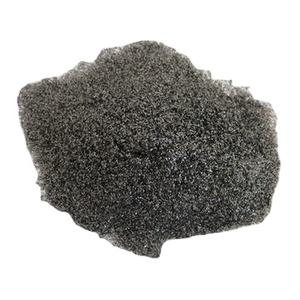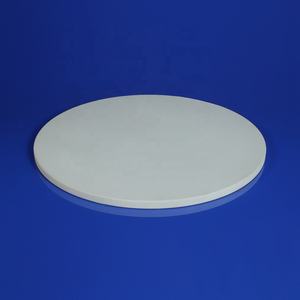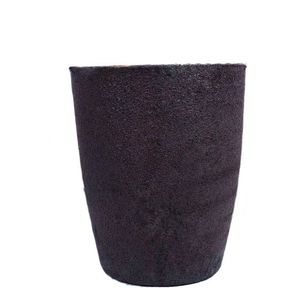Betaine surfactants
It is produced by the reaction of fatty tertiary amines and salt chloroacetate, consisting of cocoylpropyl betaine, dodecyl betaine, cetyl betaine, and lauroyl propyl betaine. It is milder than the initial three and is currently the main surfactant in baby hair shampoo.
In 1940, the American DuPont Firm created and applied this sort of substance. Like amino acid surfactants, this type of surfactant has strong detergency and reduced irritation, and the remedy is weakly acidic. Animal experiments have actually shown that this kind of material is much less poisonous. It is an excellent surfactant.
( surfactants in shampoos)
Amino acid surfactants
Made from a combination of coconut oil and amino acids, it is secure, gentle, and non-irritating. One of the most crucial point is that it is normally weakly acidic and meets the pH needs of healthy and balanced skin and hair. It is the suitable surfactant in baby shampoo. They are “cocoyl glycine,” “cocoyl glutamate disodium,” and so on
From the point of view of chemical homes, its pH value is between 5.5 and 6.5, which is weakly acidic and near to the pH value of human skin. Therefore, it is mild and skin-friendly and ideal for all hair types; amino acid surfactants are zwitterionic and easily soluble in water. It is easy to wash clean.
However it likewise has restrictions. Amino acid surfactants are a number of to dozens of times much more expensive than average surfactants, and most are shampoos particularly produced babies and young children. The drawbacks of amino acid surfactants are that they are not rich in foam and have weak purification ability.
The sensation of solidification and turbidity of surfactants in winter months is generally because of the reduced temperature level causing some of its elements to crystallize or precipitate.
(surfactants in shampoos)
Suppose surfactant solidifies and ends up being turbid in wintertime?
This is a physical sensation and does not have a significant influence on the effectiveness of surfactants. In order to address this issue, the complying with techniques can be taken:
1. Boost the temperature level: Put the surfactant in a cozy setting or raise its temperature level by home heating so that the taken shape or sped up parts will gradually liquify and the surfactant will return to a clear state. However, it should be noted that the temperature must be avoided when warming to prevent affecting the surfactant’s efficiency.
2. Mixing: For surfactants that have actually strengthened or come to be turbid, they can be recovered to a consistent state by mixing. Mixing can assist taken shape or sped up ingredients redisperse into the fluid and improve surfactant clearness.
3. Add solvent: Sometimes, a suitable amount of solvent can be included in dilute the surfactant, thereby enhancing its coagulation and turbidity. However, the added solvent should be compatible with the surfactant and must not affect its usage impact.
Provider of Surfactant
TRUNNANOÂ is a supplier of surfactant with over 12 years experience in nano-building energy conservation and nanotechnology development. It accepts payment via Credit Card, T/T, West Union and Paypal. Trunnano will ship the goods to customers overseas through FedEx, DHL, by air, or by sea. If you are looking for high-quality Semi-branched C12-13 Alcohol Ether Sulphate, please feel free to contact us and send an inquiry.
Inquiry us




